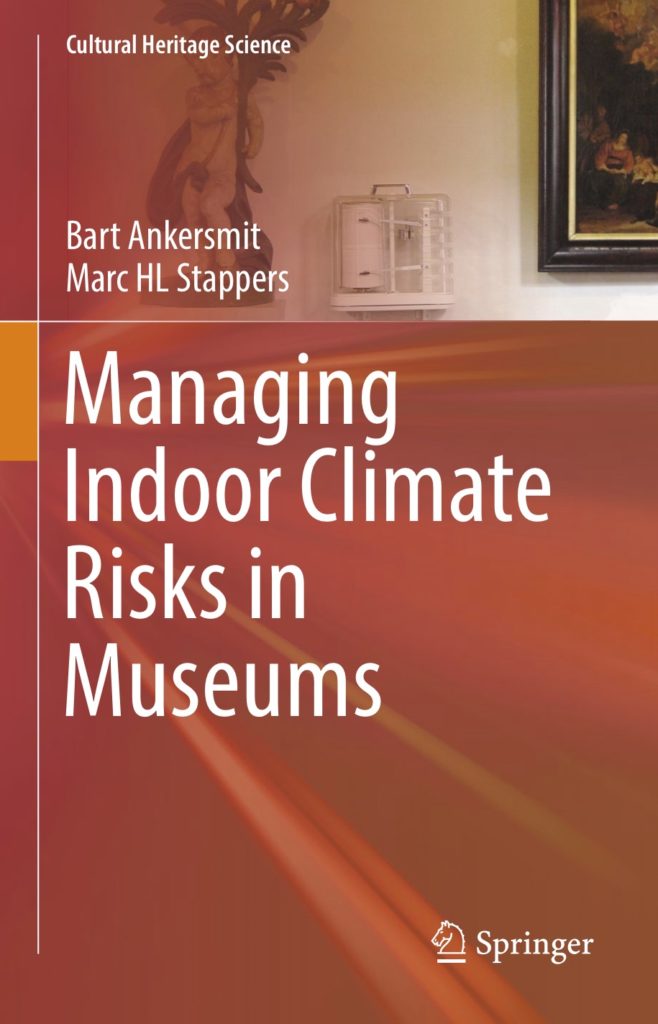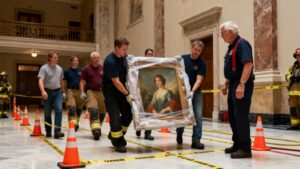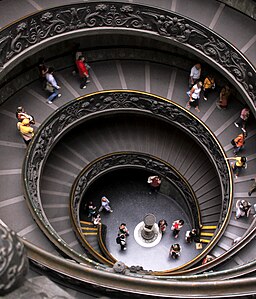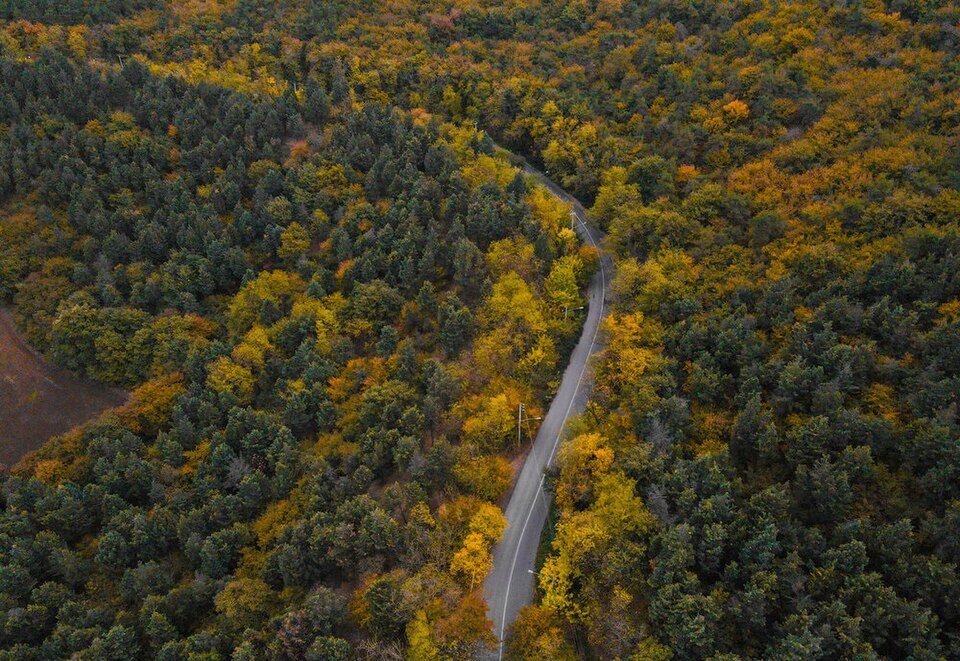Climate Change and Museums: a Book About Indoor Risks
Climate change, presumably, will affect the way buildings will be designed and managed. Also museums are challenged by such risk and a new kind of approach needs to be studied.
Among the wealth of websites and papers that the internet web allows to read about the climate change issue, Managing Indoor Climate Risks in Museums has the gift of explaining the big picture and, at the same time, giving practical tips to the many professionals that need to be supported in studying and applying real-world solution to a new problem.

The volume authored by Bart Ankersmit – Senior Scientist at the Netherlands Institute for Cultural Heritage – and with Marc H.L. Stappers, (Netherlands Institute for Cultural Heritage), is the translation and expansion of the original Dutch Climate guidelines – Klimaatwerk –published in 2009 and it is divided into eleven sections, with a clear structure. Nine chapters explain in detail each of the the nine-steps procedure that the Authors suggest to everyone committed to improving museums capability of protecting their content (and the buildings themselves) against the damages that climate change is causing to the material cultural heritage.
The Introduction gives some interesting information about the history of of climate control inside museums. In the “Nine steps” section of the “Introduction” chapter we’ve found an interesting period explaining the scope of the book: The goal of this publication is to assist collection managers and stakeholders by providing a decision making model, with background information that will help responsible decisions about the museum’s indoor climate to be made. The focus is not only on the outcome, but also on the equally important process that leads to that outcome. Obviously, the same section introduces to the procedure suggested and to the meaning of each step.
The nine sections of the book are aimed at explaining the single steps of the process:
Step 1: Towards a Balanced Decision
Step 2: Valuing Heritage Assets
Step 3: Assessing the Climate Risks to the Moveable Collection
Step 4: Assessing Building Needs
Step 5: Assessing Building Needs
Step 6: Understanding the Indoor Climate
Step7: Defining Climate Specification
Step 8: Mitigating Strategies
Step 9: Weighing Alternative
The last chapter (Conclusions and Recommendations) gathers all the informations and considerations provided in the previous chapters, adding some more important considerations.
Why the book can interest people involved in improving safety of museums (and of cultural heritage in general)?
We think that Step 8 (chapter 9) deserves to be read by the fire safety community because there are many suggestions that can help in assessing fire risk. Architectural engineering, secondary glazing, insulation of building envelopes, the use of buffering materials have direct or indirect relations with fire safety of buildings. The application of the fire safety engineering to buildings fire risk assessment process needs to take into account how a building behave when a fire occurs. So, the problem of insulating the building envelope or designing a climate control system, has to be weighted also under the fire safety strategy, as the ISO 23932-1:2018 and the other standards of the “Fire Safety Engineering” clearly state.
In conclusion, after the large number of words about general statements about the risks to cultural heritage due to climate change, there’s a urgent need of practical books about what to do on buildings and artifacts, both during the risk assessment phase and in the designing of the protective measures. We think we need more books like the Bart Ankersmit and Marc H.L. Stappers effort.





